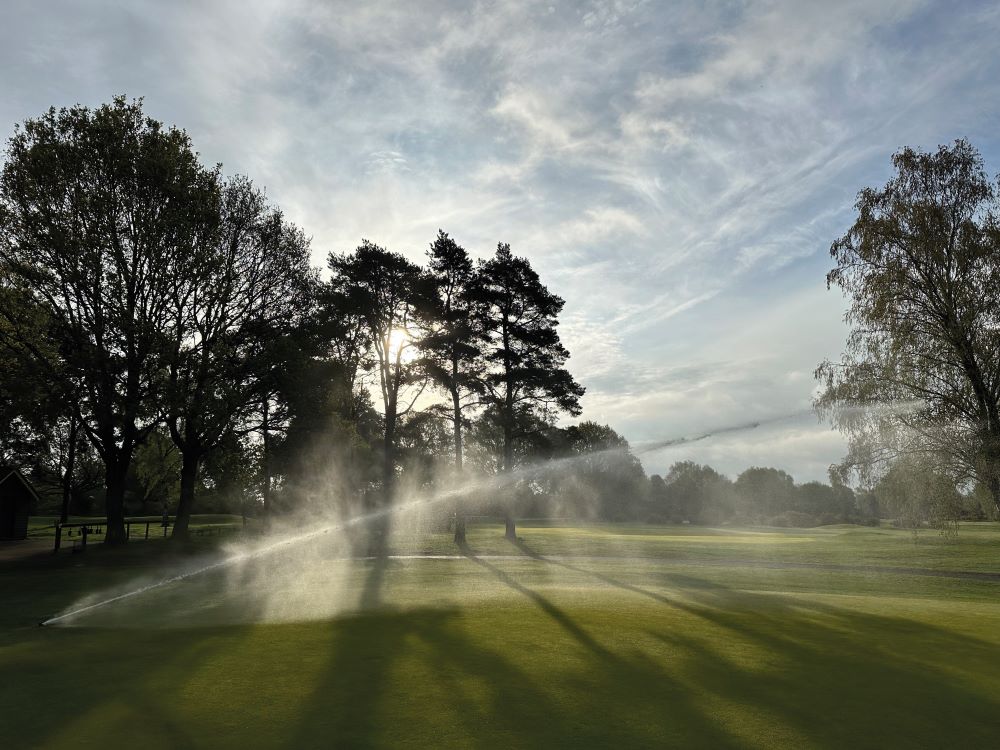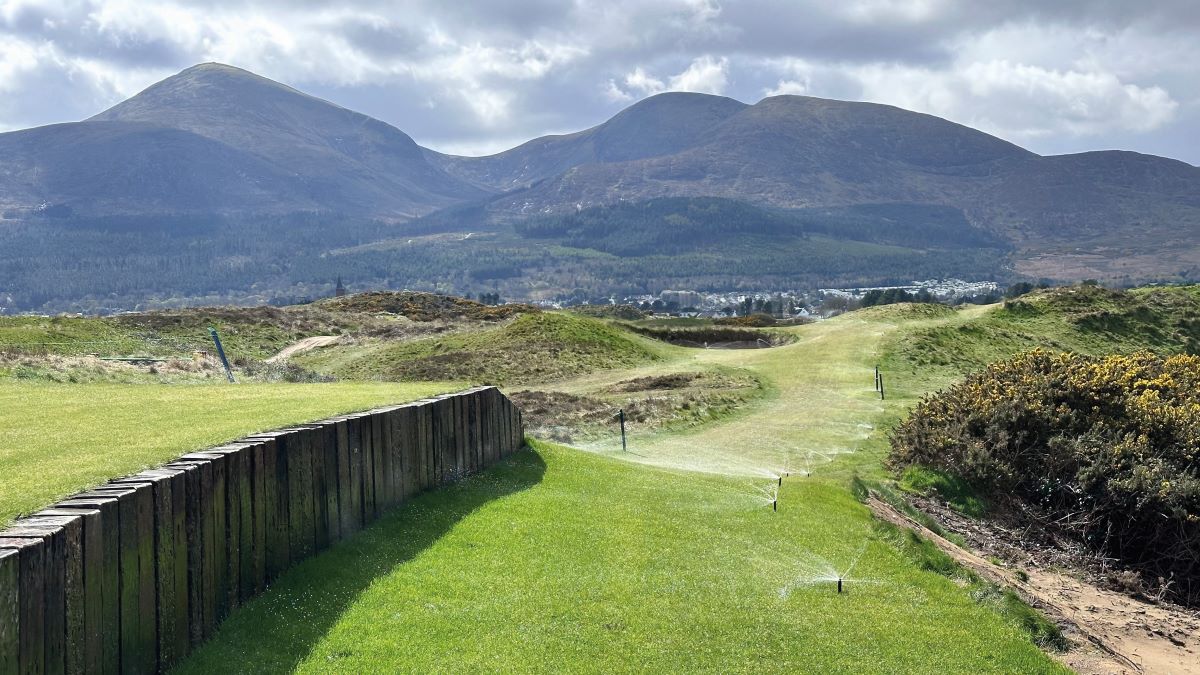- Homepage
- News and Features
- Irrigation: Should You Repair, Upgrade or Replace?
Irrigation: Should You Repair, Upgrade or Replace?
The point of the year has arrived, or possibly even passed for some, when it is time for commissioning the irrigation system. There is little or no justification for having an expensive piece of maintenance equipment and not having it ready and primed for when it will be needed. The past few years have provided us with cold, dry springs tapering off to wetter summers. With such a wet winter and early spring, this year may be different. Are we due for a hot dry summer? And if so, are you ready?

Audit
Many irrigation systems in the UK and Ireland were installed in the 1980s and 1990s and currently may be nearing the end of their productive life. They may perhaps even not be fit for purpose or indeed not meet current health and safety standards. That’s without even mentioning the fact they could be wasting considerable amounts of water.
It may be the time to analyse whether it is expedient to sit back and do nothing, to repair the ailing system, to upgrade it – or to grasp the nettle and replace it.
The first step in each of these decisions is to undertake a thorough irrigation system audit/evaluation and seek advice from a competent and independent irrigation professional.
This should consider all aspects of the irrigation system looking at the following areas:
- Water resourcing
- Water storage and provision
- Pump house and pumping station
- Distribution pipework
- Control valves
- Sprinklers (operation, spacing and efficiency of application)
- The central control system

The options:
1) Repair
Repair may be one option, and almost certainly the least expensive, but will it be the most cost effective over time? Replacing a pump with a new or reconditioned one may put intolerable pressure on the pipework causing future problems. The pipework itself may not be of sufficient integrity to support modification to the system, uPVC pipework having long been replaced by PE (polyethylene). Poorly maintained junction boxes and old solenoid valves may be causing leakage and subsequent wastage of water.
Over the years, green putting surfaces migrate with different cutting regimes, styles and shapes, and the current distribution of the sprinkler heads may not be set up to give head-to-head contact and the subsequent distribution pattern of the water will therefore be poor. If the quantity of water used is a problem either as a cost, or as a diminution of supply, reducing the sprinkler arcs may be a possible solution. A reduction from 360 degree to 180 degree will make a substantial saving in water usage.
2) Upgrade
Upgrading the system may involve looking at the whole ethos of ‘What do we wish to irrigate?’ Is it to be greens and tees only or do we aspire to cover green approaches, green surrounds, walkways and even fairways? Any upgrade should always be balanced with the integrity of the existing system. Questions need to be asked:
Do we have enough water? Do we have sufficient water storage? Is the pipe sizing sufficient to allow for the increasing amounts of water? Is the irrigation time window sufficient to allow us to apply this increased amount of water? Do we have sufficient power supplies? And many more too numerous to mention here.
3) Replace
An independent audit and evaluation will undoubtedly help to resolve many of the questions. If the decision is to replace then, while this is optimal and the most cost effective, it may not be possible to replace the whole irrigation system in one year. However, if a phased approach is adopted it is imperative the new irrigation design masterplan is embedded in the overall golf club management and financial plan to be implemented over a few consecutive years.
An irrigation system is arguably the most expensive single piece of maintenance equipment in which a golf club can invest and, as most of it is out of sight and therefore out of mind, it is frequently neglected and sometimes poorly designed.
Two factors must be considered: Firstly, whether you believe in global warming or climate change, the need for irrigation will increase as the grass plant is 90 per cent water. And secondly water costs will rise and rise significantly.
So, a correctly designed, installed, maintained and managed irrigation system will help to sustain the overall quality of the facility. Quality, as we all know, is what keeps the punters clamouring to become members or seek out your facility as a visitor or a society. GI
About Adrian
Adrian Mortram is managing director of Adrian Mortram Associates, who are international golf course and sports turf irrigation designers and consultants based in the UK. Adrian has provided irrigation design consultancy to eight of the current Open Championship venues and recent UK Ryder Cup venues and has undertaken numerous education sessions on behalf of BIGGA both at regional and national levels. In his spare time, he is a keen outdoor enthusiast and can be found climbing, mountaineering or cycling the roads of the UK.

Author

Adrian Mortram
https://www.irrigationconsultants.co.uk
